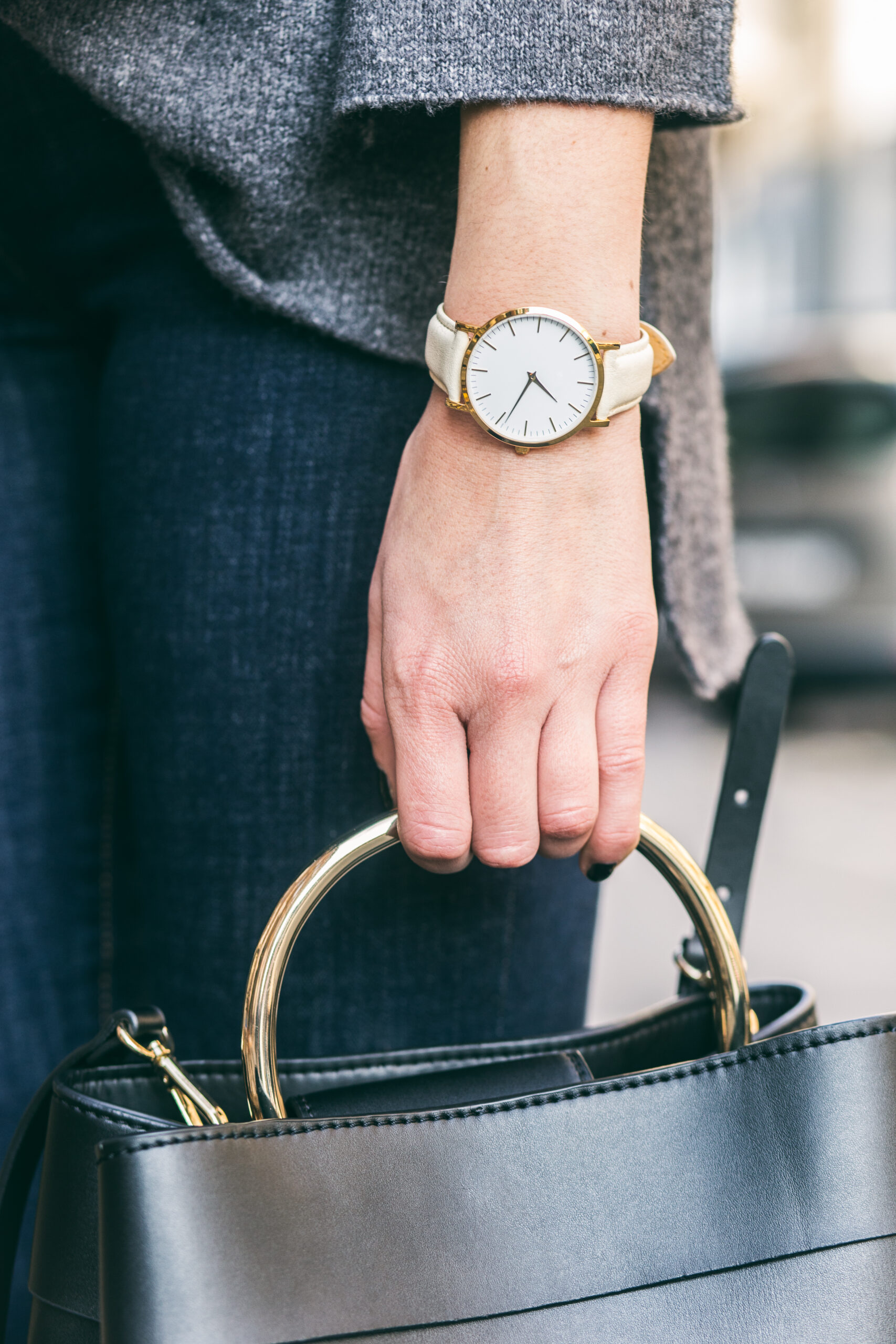When you look at the life cycle of a new piece of jewelry, it’s easy to feel overwhelmed by how much mining, manufacturing and transporting is required to bring that necklace, bracelet or earrings to your hands. And thinking about the environmental impact of jewels and gems can be daunting, but you don’t have to swear off buying new accessories altogether! Shopping secondhand is a great way to access affordable jewelry while limiting your consumption of new materials, and it isn’t about buying things you don’t need. It’s about making informed and thoughtful purchases in order to curate a wardrobe that brings you joy.

Shopping secondhand is a great way to access affordable jewelry.
There are plenty of options for secondhand jewelry, from online retailers to vintage stores and thrift shops. The hardest part about shopping secondhand is finding exactly what you’re looking for, but you can shop used jewelry with confidence knowing that it has a less environmental impact. You’ll also be able to purchase jewelry at a lower price point than new jewelry and benefit from the unique styles available in vintage or antique pieces.
You can feel good about purchasing secondhand jewelry because it guarantees that another piece doesn’t need to be made, and it continues the cycle of the circular economy.
It’s also okay to buy new pieces and not secondhand.
If you’re shopping for something particular, such as an engagement ring or a necklace featuring your birthstone, it may be tough to find what you’re looking for through secondhand retailers. When shopping directly from a brand, research their sustainability and labor practices.
Additionally, if you want something unique, custom-made (such as an engagement ring) and want to support small businesses, try reaching out to local jewelers. Speaking with them is a great way to find a piece that meets your needs and wants.
You can shop for jewelry that uses recycled metals or ethically sourced stones.
Conflict-free diamonds are one of the many options of ethically sourced stones that are available at jewelers and stores now.If you’re concerned about the environment, look for gold or silver that’s been certified as recycled by a third-party organization such as RJC (Responsible Jewelry Council). It’s also possible to find gemstones that were mined in an environmentally responsible way and by people who were paid fairly. The more information you can get about the stone and how it was sourced, the better. The best jewelers will be able to tell you where the materials came from and how they were acquired.
Take the time to find pieces that you love, and take care of them to make them last a lifetime.
With so much beautiful jewelry out there you should take the time to find pieces that you love, and think about how you can make them last a lifetime. The idea of spending your hard-earned money on an expensive piece of jewelry may seem silly , but you’d be surprised at how many things this little investment can do overtime. Of course, buying high-quality jewels is important and so is taking care of them. Not everyone realizes that regular cleaning can prevent damage from oxidation at its very early stages, which saves money in the long run and preserves their beauty.
When it comes to caring for your jewelry there’s a few simple tricks:
- Clean with an antibacterial soap that leaves no residue
- Dry thoroughly after every use
- Store away from heat and sunlight (which can damage gems)

Questions to ask when making thoughtful purchases
The world of sustainable jewelry is changing every day, so let’s do our best to think about how we want to participate in this industry. The next time you buy jewelry, consider these questions:
- Do you need it? If not, skip the purchase and wait until you find something with a great story that speaks to you. Buying vintage or repurposed pieces is always a great option.
- If you’re buying new jewelry, where did the materials come from? Is the company certified by a third party like Fairtrade or Green America? Are they using fair labor practices? Are they using recycled gold and silver? What do their environmental practices look like?
- Does the company use toxic chemicals in its manufacturing process?


